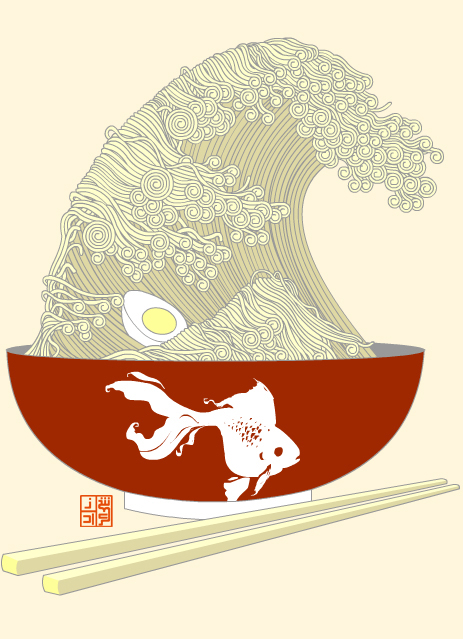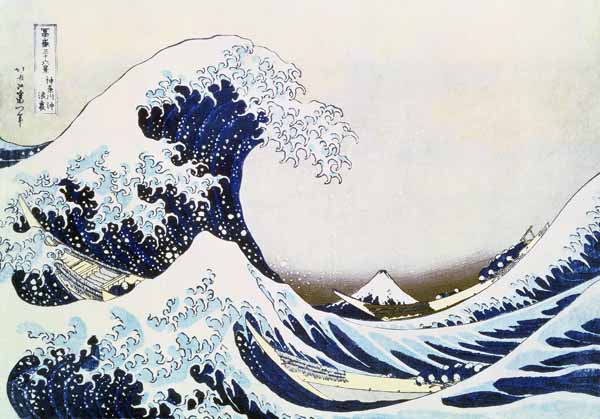Republished by Blog Post Promoter
FRED AND GINGER: DIRTY DANCING
Republished by Blog Post Promoter
In this compilation of film clips, set to the music from Dirty Dancing, Fred Astaire and Ginger Rogers demonstrate why they were the best ballroom dancers ever. Elegant, classy, athletic, graceful, gracious, and exquisitely charming.
Ginger Rogers was never given the full acknowledgement she deserved as a dancer. Not only did she do everything Fred Astaire did on the dance floor, but she did it in high heeled shoes and evening gowns! Ginger, you rocked Honey!
TWILIGHT ZONE: HOW TO SERVE MAN
Republished by Blog Post Promoter
 This is one of the best, and possibly prophetic, episodes of Twilight Zone, HOW TO SERVE MAN. You will never think about “E.T.” the same way again! The Twilight Zone ran from 1959 until 1964.
This is one of the best, and possibly prophetic, episodes of Twilight Zone, HOW TO SERVE MAN. You will never think about “E.T.” the same way again! The Twilight Zone ran from 1959 until 1964.
HERE IS A LINK TO 24 EPISODES OF THE TWILIGHT ZONE
https://www.youtube.com/playlist?list=PLYkG4AyFVMHK4d9VDUH1EwaMrYaAHl3jy
THE GREAT RAMEN WAVE
Republished by Blog Post Promoter
I had Ramen noodles for lunch today. Later, I ran across this wonderful tribute to Hokusai. As a student of art, and oil painter myself, I have always admired the preeminent Japanese master of wood block prints. His best know work, “The Great Wave” has been imitated as much as any great art masterpiece in history. It is part of a series of prints featuring Mt. Fuji, each from a different vantage point.
The Great Wave off Kanagawa (神奈川沖浪裏 Kanagawa-oki nami-ura?, lit. “Under a Wave off Kanagawa”), also known as The Great Wave or simply The Wave, is a woodblock print by the Japanese artist Hokusai. An example of ukiyo-e art, it was published sometime between 1830 and 1833 (during the Edo Period) as the first in Hokusai’s series Thirty-six Views of Mount Fuji (Fugaku sanjūrokkei (富嶽三十六景?)), and is his most famous work. This particular woodblock is one of the most recognized works of Japanese art in the world. It depicts an enormous wave threatening boats near the Japanese prefecture of Kanagawa. While sometimes assumed to be a tsunami, the wave is, as the picture’s title notes, more likely to be a large okinami – literally “wave of the open sea.” As in all the prints in the series, it depicts the area around Mount Fuji under particular conditions, and the mountain itself appears in the background.
SHARED DREAMING
Republished by Blog Post Promoter



